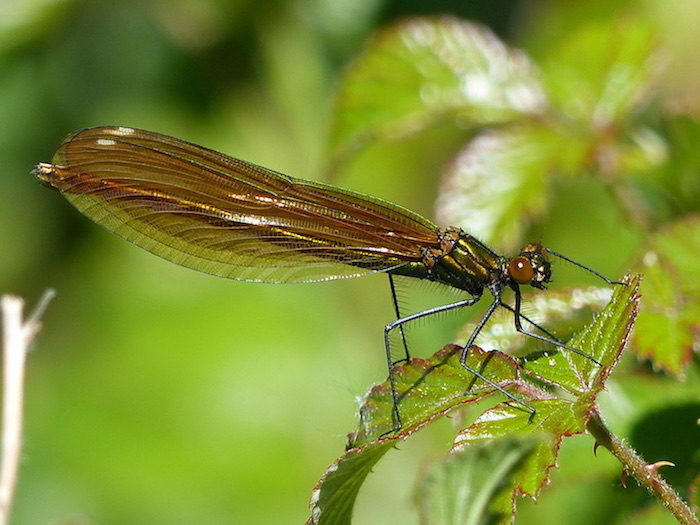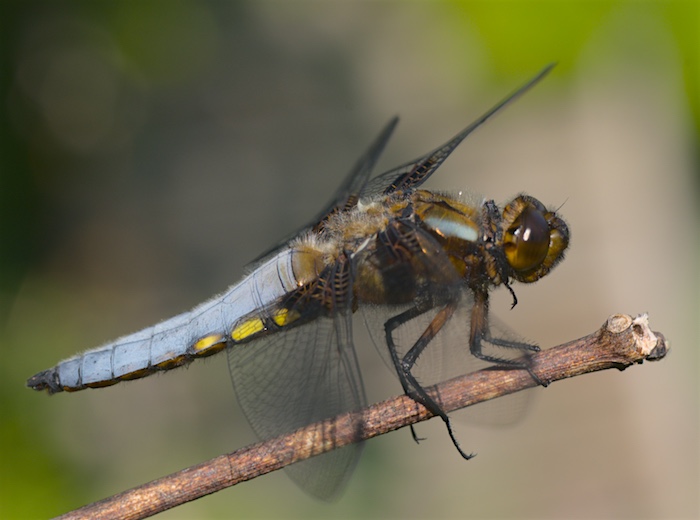Habitat
This ancient group of insects dates back over 300 million years. They have been around much longer than us, as our ancestors have only been around for 6 million years. So these enduring insects deserve our respect. They seek, bogs, moorland, lowland wet heath, ponds, lakes and slow flowing rivers. They can also be found in natural or semi-natural countryside. Although dragonflies can be large, they do not bite and are harmless to humans.
You may have just installed a new pond, or started a native wildflower meadow to rewild your garden. If so, you are guaranteed visits from dragonflies and damselflies: who may visit the pond to complete their lifecycle, or to feed upon the many insects that visit both ponds and wildflower meadows. If your garden is organic, there will be plenty of insects for them to feed on. This group of insects are more of nature’s natural pesticides, along with wasps, hornets, birds and bats. So welcome them in!
Damselfly or Dragonfly?
There are 57 species of Odonata in the UK: 36 dragonflies and 21 damselflies. These species make it very easy for us to tell them apart by the difference in the look of their wings. Damselflies (Zygoptera) are very delicate looking insects. An adult’s head is rectangular with large eyes on each side. The front and back wings are the same shape. When the damselfly settles, its wings are usually held together over the top of the abdomen as in this image.

Dragonflies have a very robust appearance in comparison to damselflies. Their spherical head is almost entirely covered by large eyes. The front and back wings are dissimilar in shape. The front wings are narrower than the back. When the insect is at rest, both pairs of wings are held wide open: as you can see in this image.

Life Cycle
You might see mating pairs flying in tandem, pausing to lay their eggs on emergent pond plants, or allowing the eggs to be washed from the female’s abdomen. Some females lay their eggs unaccompanied by their mate. The larvae are aquatic and spend one to five years developing. They feed on invertebrates and even on small fish, as they once did in my pond! Sometimes they are eaten by fish at the larvae stage. When fully developed, the larvae crawl out of the pond and cling to vegetation. The transformation from larva to damselfly, or dragonfly, is a fascinating process as the skin begins to split, the adult emerges and then leaves its transparent skin (exuvia) behind: as you can see! Birds such as kingfisher and hobby will catch them on the wing.



It is marvellous to be able to watch one of nature’s wonders in your garden!
There is an excellent Field Guide to the Dragonflies and Damselflies of Great Britain and Ireland by Steve Brooks, illustrated by Richard Lewington, if you would like to learn more about and to be able to identify these species.
